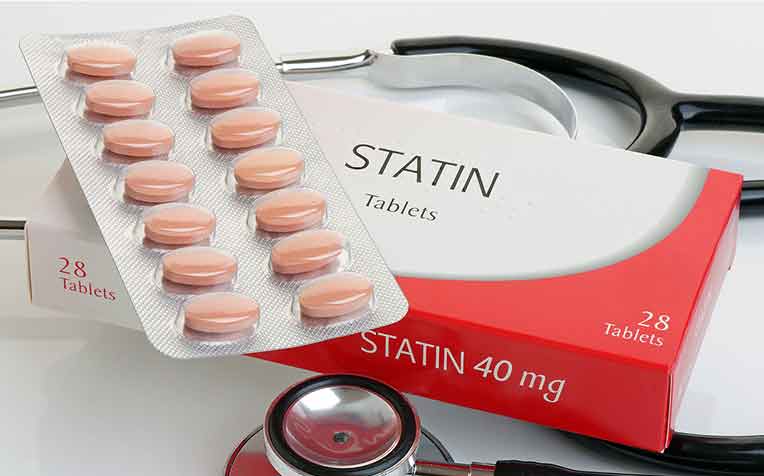Simple Lifestyle Changes for Lowering Your Cholesterol Naturally
High levels of blood cholesterol, particularly LDL (bad) cholesterol, can increase the risk of heart disease and stroke. When LDL cholesterol builds up in the walls of arteries, it can form plaque that narrows and hardens the arteries, a condition known as atherosclerosis. This can reduce blood flow to the heart and brain, leading to a heart attack or stroke. In addition, high levels of LDL cholesterol can increase the risk of other health problems, such as peripheral artery disease and kidney disease. Lowering blood cholesterol levels through lifestyle changes and/or medications can help reduce the risk of these health problems and promote overall heart health.
Here are
some effective ways to lower blood cholesterol:
Eat a
Heart-Healthy Diet
The first
step to lowering your cholesterol is to eat a heart-healthy diet. This means
choosing foods that are low in saturated and trans fats, and high in fiber. According to a study published in the
American Journal of Clinical Nutrition, following a Mediterranean diet rich in
vegetables, fruits, whole grains, nuts, fatty fish, and olive oil can
significantly reduce LDL (bad) cholesterol levels by up to 10% compared to a standard
low-fat diet.
Limit
Saturated and Trans Fats
Saturated
and trans fats can increase LDL (bad) cholesterol levels. To lower your
cholesterol, limit your intake of foods high in these types of fats, such as
fatty meats, full-fat dairy products, and processed foods. Instead, opt for
lean protein sources and low-fat dairy products. A study published in the
Journal of the American Heart Association found that substituting saturated
fats with polyunsaturated fats, such as those found in nuts, seeds, and fatty
fish, can help reduce LDL (bad) cholesterol levels. The following diagram shows the different types of fats.
Increase
Fiber Intake
Fiber can
help lower LDL (bad) cholesterol levels. Foods high in soluble fiber, such as
oats, beans, fruits, and vegetables, are particularly effective at reducing
cholesterol levels.
Exercise
Regularly
Regular exercise can help increase HDL (good) cholesterol levels, which can help lower LDL (bad) cholesterol levels. A study published in the Journal of the American Medical Association found that regular aerobic exercise can significantly increase HDL (good) cholesterol levels by up to 3.5 mg/dL, which can help reduce the risk of heart disease.
Aim
for at least 30 minutes of moderate-intensity exercise, such as brisk walking,
on most days of the week.
Being
overweight or obese can increase LDL (bad) cholesterol levels. A meta-analysis
of randomized controlled trials published in the Journal of the American
College of Cardiology found that weight loss through diet and exercise can
significantly reduce LDL (bad) cholesterol levels by up to 7.2 mg/dL.
Quit
Smoking
Smoking can
lower HDL (good) cholesterol levels and increase the risk of heart disease.
Quitting smoking can help improve cholesterol levels and reduce the risk of
heart disease and other health problems.
A meta-analysis of observational studies published in the European Heart
Journal found that quitting smoking can increase HDL (good) cholesterol levels
by up to 5.5 mg/dL and decrease LDL (bad) cholesterol levels by up to 5.5
mg/dL, which can help reduce the risk of heart disease.
Consider Medications
In some
cases, medications may be necessary to lower cholesterol levels. Your doctor
may recommend cholesterol-lowering medications, such as statins, if lifestyle
changes alone are not effective in reducing cholesterol levels.
Lowering
blood cholesterol levels is an important step in maintaining heart health. Overall,
these research findings support the importance of making lifestyle changes,
such as following a heart-healthy diet, exercising regularly, maintaining a
healthy weight, and quitting smoking, in order to lower blood cholesterol
levels and reduce the risk of heart disease.
In some
cases, medications may be necessary to further lower cholesterol levels and
reduce the risk of heart disease. It's important to consult with a healthcare
professional to determine the best treatment plan for your individual needs.
Hope you enjoy this post. Follow me at:








Comments
Post a Comment